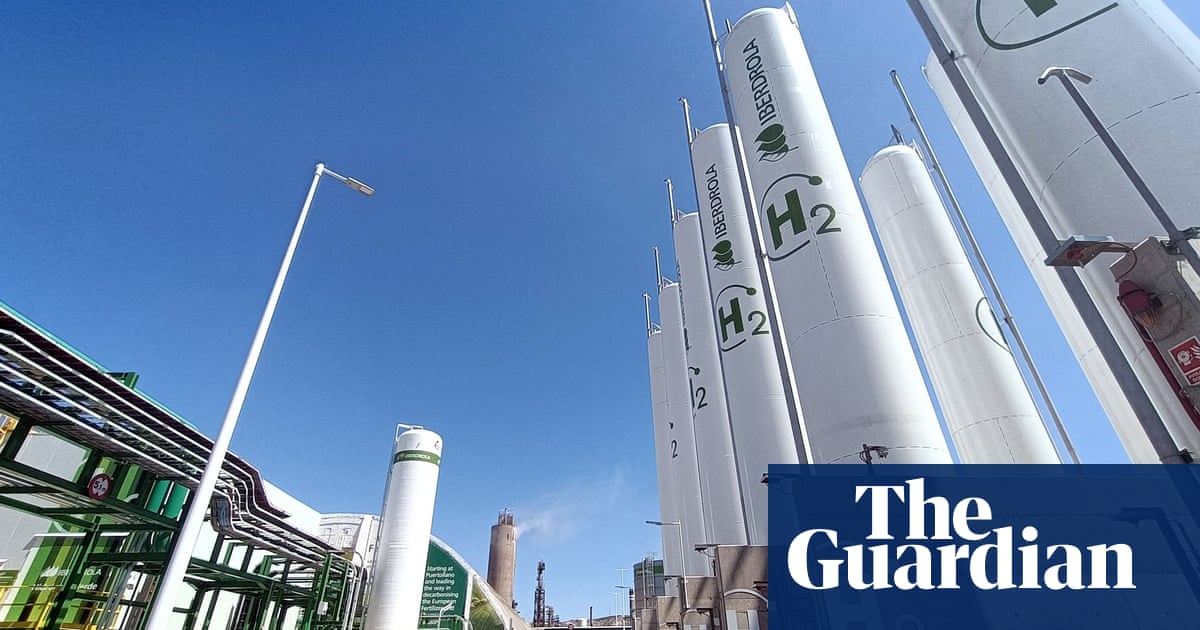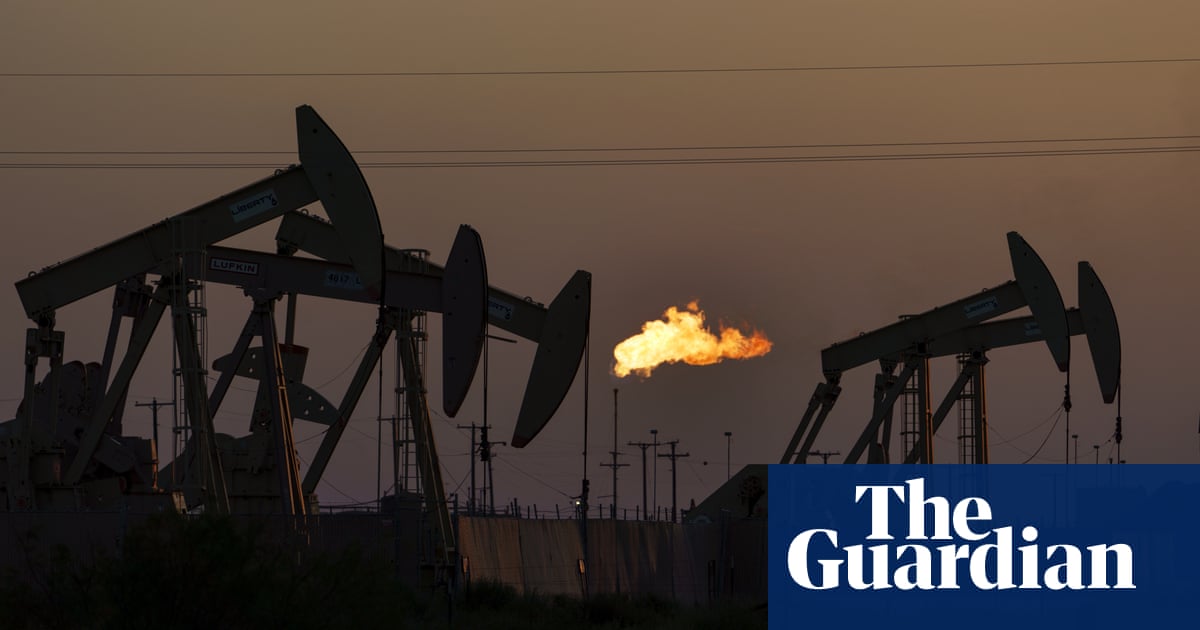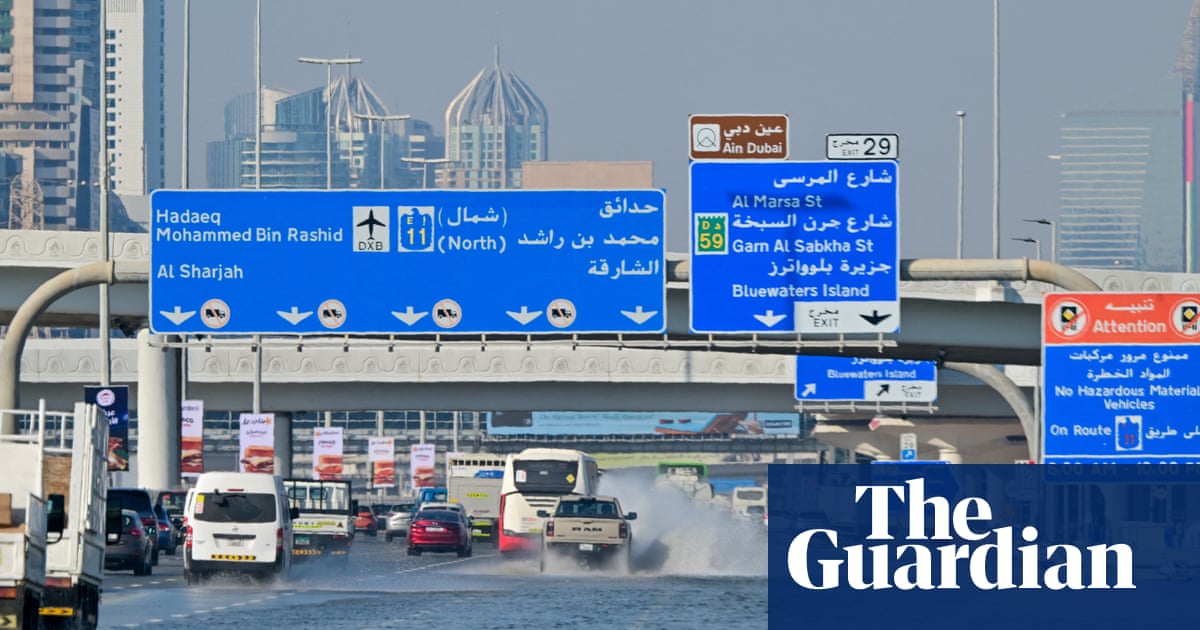
The global push for clean hydrogen is being held back by rising costs and “lagging” policy support from governments, a report has found.
Announcements of low-emission hydrogen projects are rapidly expanding but developers are waiting for government support before investing in them, according to the International Energy Agency (IEA). The report found hydrogen made through processes that are clean or less polluting account for less than 1% of the gas’s total production and use.
The IEA executive director, Fatih Birol, said the world had seen “incredible momentum” behind low-emission hydrogen projects in recent years “but a challenging economic environment will now test the resolve of hydrogen developers and policymakers to follow through on planned projects”.
Hydrogen, a gas that burns cleanly, is one of the most promising fuels for lowering the environmental impact of industrial facilities such as steel factories and chemical plants. But today, almost all hydrogen is made from fossil fuels in a process that releases planet-heating gases.
Investment in cleaner processes has been threatened by high energy prices, inflation and disruptions to supply chains since Russia’s full-scale invasion of Ukraine.
While global hydrogen demand rose to 95m tonnes in 2022, the growth took place in traditional industries and was met almost entirely with unabated fossil fuels, the report found. “The uptake of hydrogen in new applications … which is key for the clean energy transition, remains minimal, accounting for less than 0.1% of global demand.”
Hydrogen can be made more cleanly by splitting water molecules using electricity from renewable sources such as wind turbines and solar panels, or by capturing the carbon dioxide released from the traditional fossil fuel-based process.
But projects using the second method have captured too little carbon and leaked too much methane, a planet-heating gas that is more harmful than carbon dioxide. Scientists have argued fiercely over hydrogen’s role in cleaning up the economy.
The IEA report, which counts both methods as low emission, found annual production could reach 38m tonnes in 2030 if all announced projects are realised, though so far companies have made a final investment decision for only 4% of the projects. Of the total potential production, 27m tonnes are based on electrolysis and 10m tonnes on capturing carbon.
Governments have made some efforts to increase the supply of hydrogen but have been slower to encourage demand for it, the report found. Targets to produce hydrogen amount to 35m tonnes but targets to create demand account for just 14m tonnes, the report found.
A study in Nature last year found climate targets were being “jeopardised” by short-term scarcity of hydrogen and long-term uncertainty about how it will be used. Even if the capacity to make hydrogen through electrolysis were to grow as fast as wind and solar power have done, by 2030 hydrogen made this way will account for less than 1% of global energy demand, the researchers found.
Still, they added, there are examples in history from other sectors that show a technology growing as fast as it is needed. The researchers cited the production of fighter planes in the US in the second world war and the boom in China’s high-speed rail network as examples of “emergency-like deployment”.
Adrian Odenweller, a scientist at the Potsdam Institute for Climate Impact Research and lead author of the Nature study, said the IEA report confirmed there was “a steadily growing project pipeline that is held back by rising costs and slow implementation of support schemes”.
The problem is particularly acute for hydrogen produced using electricity. A year ago, the IEA estimated that global electrolyser capacity could reach 1.4GW in 2022. This year’s report found that total installed capacity, at 0.7GW in 2022, is only half of that, said Odenweller.
“This is unfortunate, but also not very surprising,” he said. “The hydrogen market ramp-up is characterised by the specific challenge of scaling up supply, demand and infrastructure at the same time. Our research shows that this leads to short-term scarcity and long-term uncertainty of green hydrogen.”
To make enough clean hydrogen to meet climate goals, the IEA called for support schemes to produce the gas, bolder action to stimulate demand for it and easier processes to license and permit new projects. It also called on governments to cooperate in making an international market for hydrogen with common standards and rules.
“This is the critical decade to bring down the cost of low-emission hydrogen,” said Timur Gül, the IEA’s chief energy technology officer.












